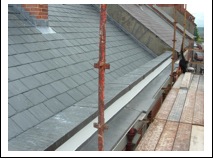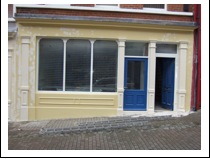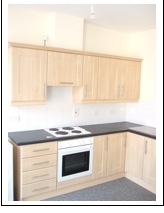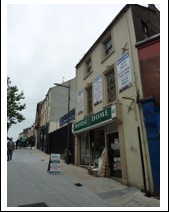- Building Repair 55%
- Architectural Reinstatement 75%
- Vacant Floor Space 40%
- Infilling Gap Sites 30%
- Building repairs
- Architectural reinstatement
- Returning vacant floor space to use
- Infilling gap sites
- Eligible costs
Grant Levels:
- Building Repair 55%
- Architectural Reinstatement 75%
- Vacant Floor Space 40%
- Infilling Gap Sites 30%
Eligible Works
- Building repairs
- Architectural reinstatement
- Returning vacant floor space to use
- Infilling gap sites
- Eligible costs






